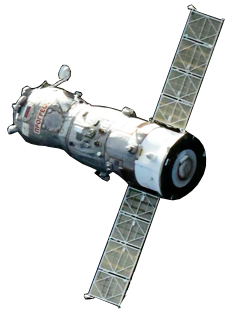
Molecular biology in space exploration:
A new frontier
Discover how NASA scientists brought real-time culture-independent microbial profiling to human space exploration
By Cameron Smith-Craig, SelectScience

Discover how NASA scientists brought real-time culture-independent microbial profiling to human space exploration
By Cameron Smith-Craig, SelectScience
Since the first crew arrived on the International Space Station (ISS) on November 2, 2000, NASA and its partners around the world have set in motion a journey of research and discovery to explore how humankind could both live and work in space.
From that moment on, NASA astronauts onboard the ISS have been gathering crucial information on the physical effects of spaceflight, how to maintain a spacecraft long-term, and other research that could otherwise not be carried out on Earth. These are all vital lessons for the future as NASA works towards its goal of sending astronauts deeper into space with the announcement of the Artemis program. The Artemis II mission will be the first crewed flight test to establish NASA’s human deep space capabilities, and the Lunar Gateway deployment, scheduled for 2028, aims to serve as a solar-powered science laboratory and communication hub.
With crew members onboard the ISS in constant communication with the ground and in need of regular re-supply missions, there is, however, still much work to be done to provide astronauts with the level of autonomy that will be required with the move to these deep-space missions.
Of all the items that form the extensive launch status check or “go, no-go poll” performed by a
NASA Test Director on spaceflight missions, an all-clear for microbiology requirements might not first come to
mind for most. However, the analysis of microbiological life both pre- and in-flight to ensure acceptable
exposure limits is absolutely vital for crew safety.
Spaceflight microbiologist, Sarah Stahl-Rommel, is the Human Health and Performance Contract
(HHPC) research team lead for microbial monitoring technology development at the NASA Johnson Space Center in
Houston, Texas. The role of the NASA JSC Microbiology Laboratory is centered around mitigating any kind of
microbial risks to the crew’s health, safety, and performance during missions. A large aspect of this involves
making sure there are no adverse effects from microbes on the vehicle itself, understanding how a microgravity
environment impacts microbial life, and to conduct continual research into new technologies that can expand
NASA’s ability to make these microbial assessments in line with its pursuit of deep space exploration.
In a recent SelectScience webinar, Stahl-Rommel shared an exciting development which has transformed the way in which microbiological monitoring is performed on board the ISS. Moving away from culture-dependent methods and involvement from ground control, Stahl-Rommel and the team at the NASA Johnson Space Center successfully developed, validated, and implemented a simplified swab-to-sequencer method of real-time microbial monitoring that has been performed onboard the ISS for the first time.
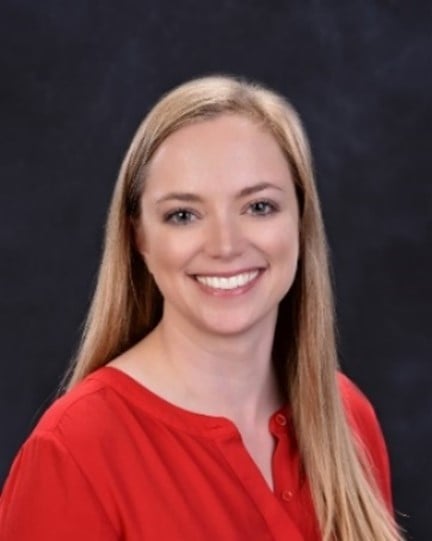
Sarah Stahl-Rommel, HHPC research team lead for microbial monitoring technology development at the NASA Johnson Space Center ©NASA
Read on to explore the work behind this major milestone in more detail, including highlights from the webinar and how this technology brings NASA and its astronauts another step closer to achieving its mission with the Artemis program.

NASA Astronaut Chris Cassidy performs real-time, swab-to-sequencer microbial monitoring onboard the ISS ©NASA
For the past two decades, microbial monitoring onboard the ISS has relied on culture-dependent methods that require a return to Earth for analysis.
Historically, microbial monitoring of the ISS air, surface, and water has been performed on a quarterly basis, where crew members use two different agar-based microbial growth media for sample collection. “The crew touches a tryptic soy agar (TSA) plate for bacteria or Sabouraud dextrose agar (SDA) with a chloramphenicol plate for fungi to a surface of interest. It’s a similar process in terms of the agar media used for air and we use an impaction-based air sampler,” explains Stahl-Rommel. “They will then let the media plates grow at ambient ISS temperature for five days. After the five days, the crew will compare the level of growth to a colony density chart and report down an approximate level of colony-forming units. For water sampling, they use several filtering steps involving a microbial capture device to grow the bacteria. They also perform coliform analysis.”
Since the beginning of microbial monitoring, having the crew grow these cultures onboard the ISS and communicate visual assessments of growth against reference cards was the only in-flight information available to the Microbiology team at the NASA Johnson Space Center. To properly identify the organisms and complete a full microbial risk assessment, the lab would need to wait for the cultures to be returned to Earth for laboratory-based analysis.
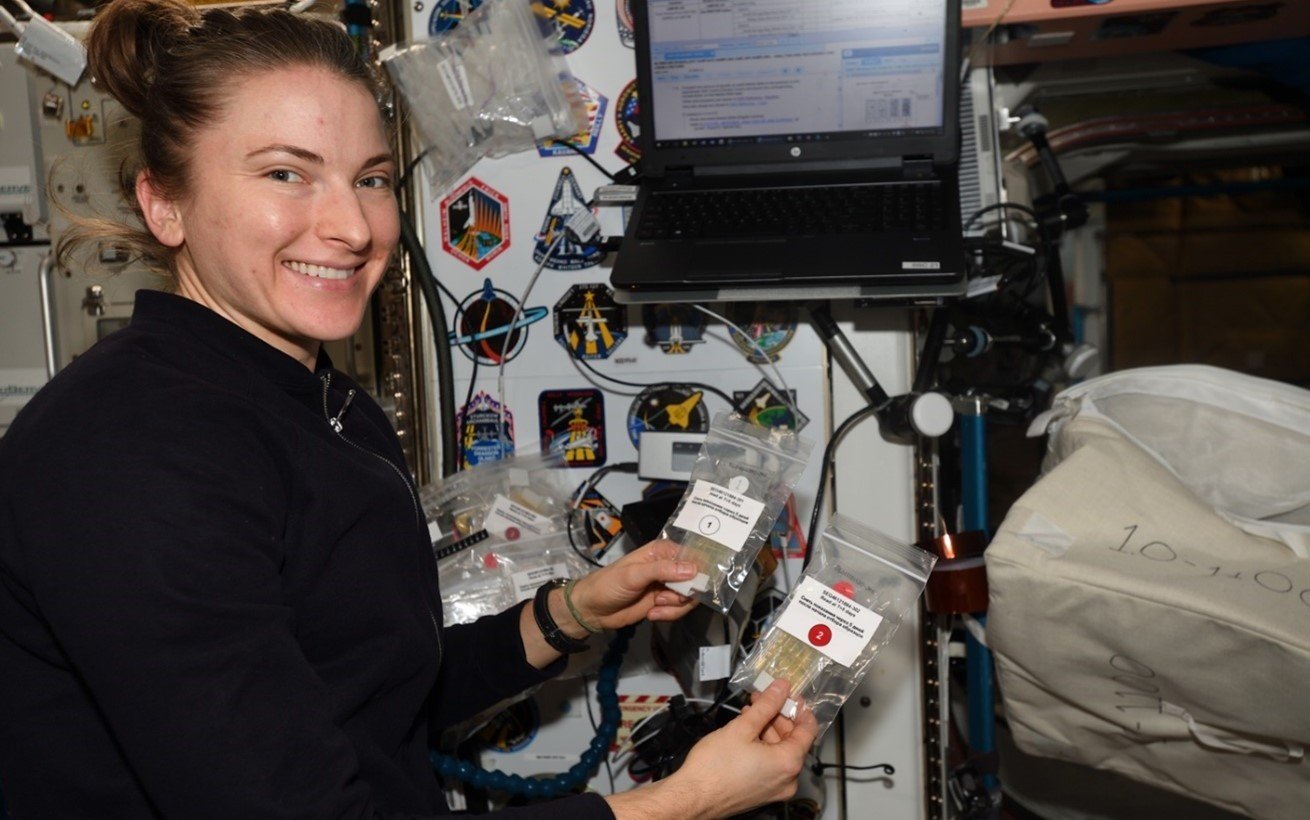
NASA Astronaut Kayla Barron uses a self-service microbial culture kit on board the ISS ©NASA
With the goal of re-inventing this workflow to make it more autonomous, allowing the crew members to carry out some investigations themselves without sending samples back to Earth, the NASA JSC team looked to rapidly progress the technology. “2016 is what we like to call the dawn of the molecular space age. In April 2016, as part of the Boeing Genes in Space program, the first ever molecular biology experiment was completed on the ISS when DNA was amplified using miniPCR,” Stahl-Rommel shares. “In August 2016, we achieved the first DNA sequencing in space flight, performed by astronaut Kate Rubins.”
To achieve such a milestone, Stahl-Rommel and the team looked to a third-generation sequencing technology with a small footprint that wouldn’t require any large, heavy instrumentation to operate – a must when working under the confined conditions of spaceflight. It formed a huge paradigm shift in demonstrating that a sequencer could be feasibly used in space flight, bringing with it the potential of in-flight medical diagnostics and even the detection of life on other planets through the identification of unknown nucleic acids. But, as Stahl-Rommel asked herself at the time, “what's the point of having this sequencing technology if we don't have a practical and efficient way to actually prepare samples and extract DNA?”
Yes, pipetting in space is possible!
With the aim of making sample preparation as streamlined and as simple as possible for NASA’s astronauts, Stahl-Rommel had to think outside of her usual lab environment when first designing the spaceflight compatible method. “The first thing I did was go into the lab and think about what I use for my low biomass sample preparations. Immediately, I realized I couldn't use any of our kits or large pieces of equipment because they are too heavy or they include toxic chemicals that wouldn’t fit within our spaceflight requirements,” she explains. “In the interest of crew safety, we also really wanted to focus on the toxicology of the reagents that we're sending up to the ISS.”
In addition to safety requirements, Stahl-Rommel also needed to ensure maximum recovery from the often low biomass samples collected on the ISS. After a long process of analyzing multiple different swab types and subsequent DNA extraction methods, she had formed a preliminary method. But a challenge remained: How do you test a method to the extremes of spaceflight before committing it to the ISS?

NASA Astronaut Raja Chari performs the NASA JSC swab-to-sequencer method on board the ISS ©NASA
From one extreme to another
With the preliminary method ready to undergo more rigorous testing, Stahl-Rommel had the opportunity to participate in NASA’s Extreme Environment Mission Operations, or NEEMO, working with the crew members of the Aquarius Reef Base, the world's only undersea research station on the floor of the Atlantic Ocean.

NASA Extreme Environment Mission Operations (NEEMO) crew, 60 feet below sea level off the coast of Key Largo, Florida ©NASA
“The NEEMO habitat is about 60 feet below sea level and is off the coast of Key Largo, Florida. It was a perfect analog for how the crew are living and working on the ISS. They're isolated, they're in a stressful environment, they have limited space, and they're busy with all sorts of activities. With six crew members of various backgrounds, some of them scientists, some engineers, army, or navy pilots, we learned a lot about the importance of a simple-to-follow method, ”Stahl-Rommel shares. “Particularly in how we should package everything up. It was really eye-opening to think about performing molecular biology in an analog environment."
Very quickly Stahl-Rommel realized that the swab and bead-based extraction used in the preliminary method was taking too long to perform in this extreme habitat and the extraction yields from test samples taken from the sea floor were not suitable. This led the team to source a smaller swab head and a completely new DNA extraction method.
“We switched over to an enzyme-based extraction with Quick Extract™ and were able to take advantage of its simplicity and low toxicity, processing the swab in the extraction buffer and heating it. After streamlining everything on the NEEMO habitat, it was really cool to see the higher quality data that we could now achieve. We swabbed a phone, a shower, and a table, and you could see the mixture of human-associated microorganisms and ocean-associated microorganisms,” says Stahl-Rommel. “We could now validate that our crews could identify microbial life found in the environment of their habitat more autonomously. It was also a major milestone for us getting comfortable with operational sample preparation and deployment of this new method.”
Using this experience at NEEMO, Stahl-Rommel was now ready to start transitioning this new sample preparation method to space. Onboard the ISS in 2017, as a collaboration between NASA and Boeing, the Boeing Genes in Space-3 payload resulted in astronaut Peggy Whitson achieving the first ever DNA extraction, amplification, and library preparation process completed off earth. “The method actually performed just like you would expect on the ground because of the surface tension of the liquid, since we are working with small volumes,” explains Stahl-Rommel.
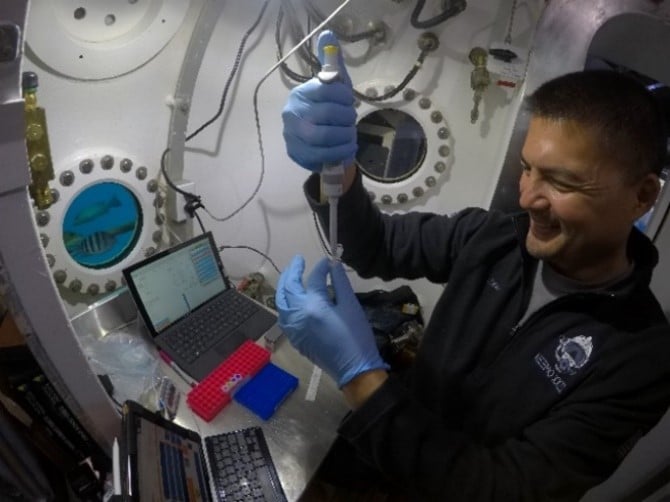
NASA Astronaut Dr. Kjell Lindgren trials the NASA JSC preliminary method during the NEEMO mission at the Aquarius undersea laboratory ©NASA
With this new method in hand, astronaut Peggy Whitson was then able to subsequently perform the first off-earth identification of unknown organisms in 2017. From there, Stahl-Rommel and the team could move forward and achieve a full swab-to-sequencer experiment on the ISS with the Biomolecule Extraction and Sequencing Technology payload in 2018.
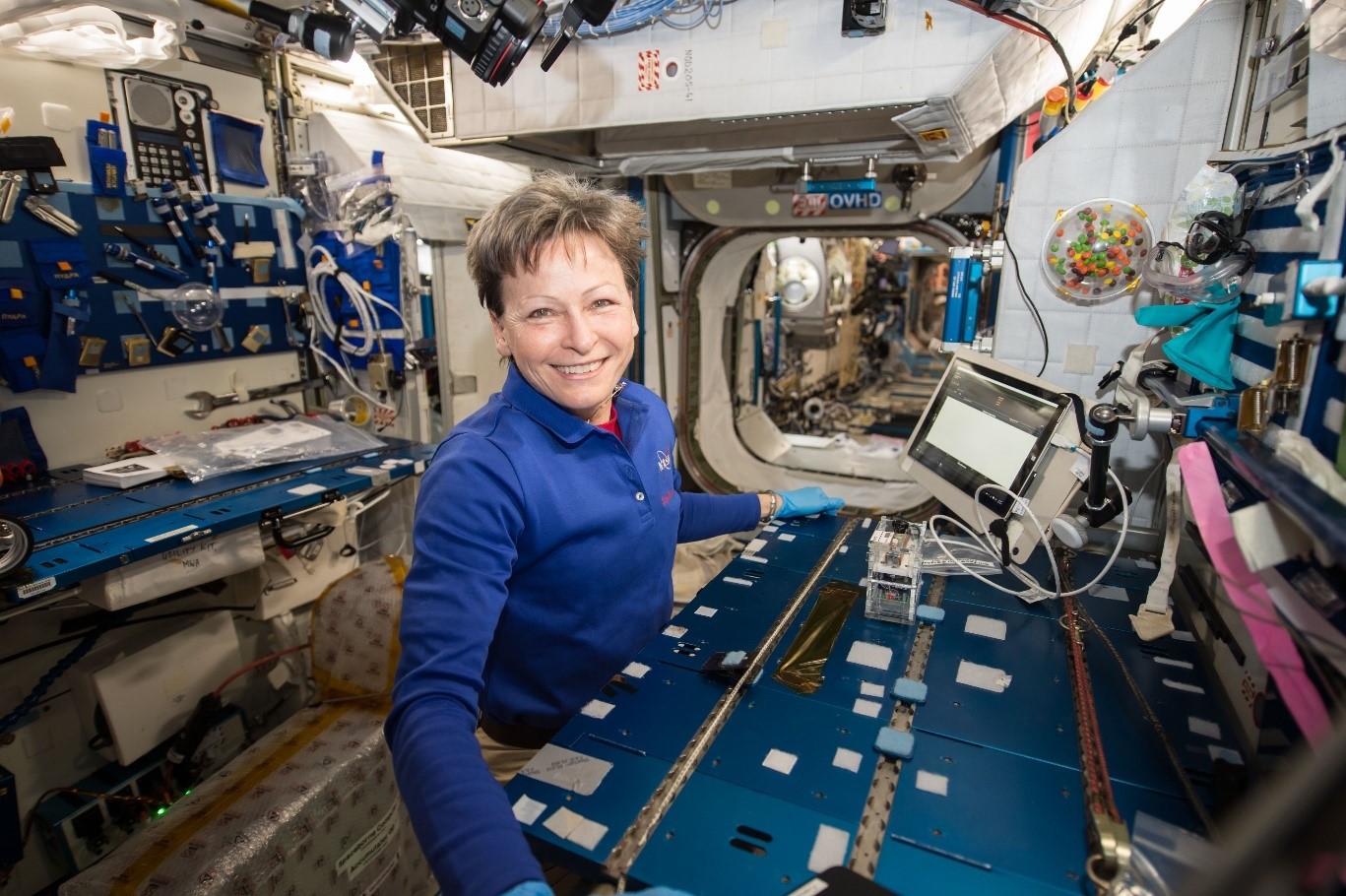
NASA Astronaut Dr. Peggy Whitson achieves the first ever DNA extraction, amplification, and library preparation process completed off earth ©NASA
Following all the achievements of the team in developing these molecular capabilities in spaceflight, the next step was to move into a more operational microbiology configuration. “We’ve called it BioMole. The BioMole facility is owned by the ISS Crew HealthCare Systems (CHeCS), who own the culture-based hardware as well as our new suite of molecular biology capable tools. With this initiative, we can continue to perform a direct side-by-side comparison of the culture-based method to this new culture-independent molecular biology method and gain further insights moving forward,” she explains.
Is this technology ready for planned deep space missions?
Looking ahead to the NASA Lunar Gateway deployment scheduled for 2028, as part of the Artemis program, Stahl-Rommel states the full swab-to-sequencer method is slated to continue to be at the forefront of ensuring crew safety. “With the Gateway habitat, our method will serve as the Microbial Surface Monitor. It uses the full swab-to-sequencer method, and as part of that we are now looking at different ways that we could achieve increased crew autonomy for these longer, more unsupported missions. Asking new questions about how we can reduce crew hands-on time and make sample preparation more automated,” explains Stahl-Rommel.
Another big area for Gateway is looking at shelf stability of reagents, such as QuickExtract™, at ambient temperatures. As Stahl-Rommel shares, part of the requirements for this habitat, alongside low toxicity, is that all reagents can maintain totally shelf-stable chemistry for up to a year without the need to keep them cold. “We’re working with a number of collaborators to pursue these requirements.”
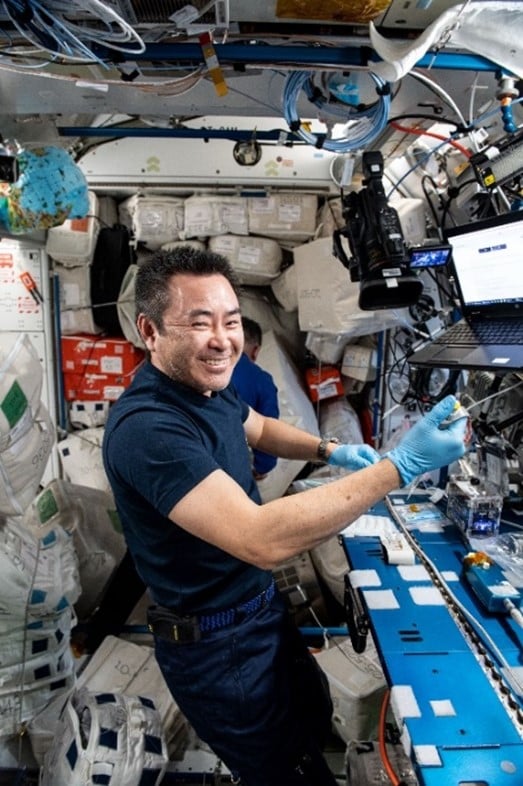
NASA Astronaut Akihiko Hoshide (JAXA) ©NASA

“Truly, our goal is to say anyone can use this
swab-to-sequencer workflow in almost any environment and eliminate constraints with ease of use and
longevity.”
“As we continue
to explore the depths of space, wherever we go our microbes will go. Microbiology is always going to be a
really important aspect of space flight, and we're excited to continue to keep pushing our research
forward to make this possible. ”
Sarah
Stahl-Rommel, HHPC research team lead for microbial monitoring technology development at the NASA
Johnson Space Center.
A partner for every pivot
Recognizing the need for a close
partnership with its customers, LGC Biosearch Technologies prides itself in being able to offer expertise to
leverage its flexible manufacturing platforms. Delivering according to exact specifications and throughput,
Biosearch Technologies can yield scientific lab solutions that produce repeatable and consistent performance for
its customers.
Discover
QuickExtract™ DNA Extraction Solution by LGC Biosearch
Technologies
Simple, rapid extraction of PCR-ready DNA for screening
and genotyping type applications
Browse all LGC Biosearch Technologies products and services >>
Trade names and trademarks are used in this report for identification only. Their usage does not constitute an official endorsement, either expressed or implied, by the National Aeronautics and Space Administration or the Human Health and Performance Contract.*Certain images and/or photos on this page are the copyrighted property of NASA and are being used with permission under the relevant license. These images and/or photos may not be copied or downloaded without express permission from NASA. Other images courtesy of LGC Biosearch Technologies®.
© SelectScience 2023.
All rights reserved.